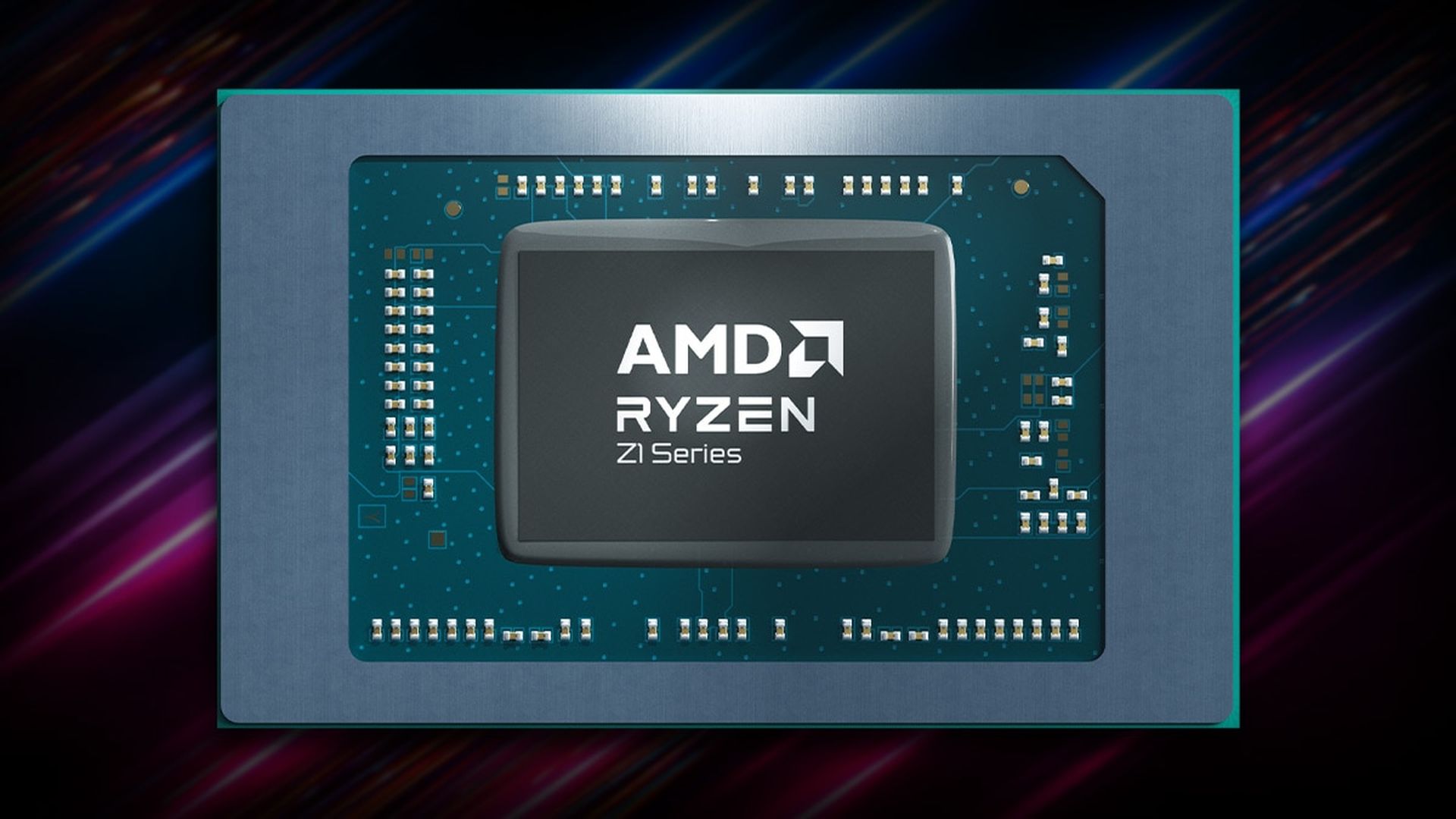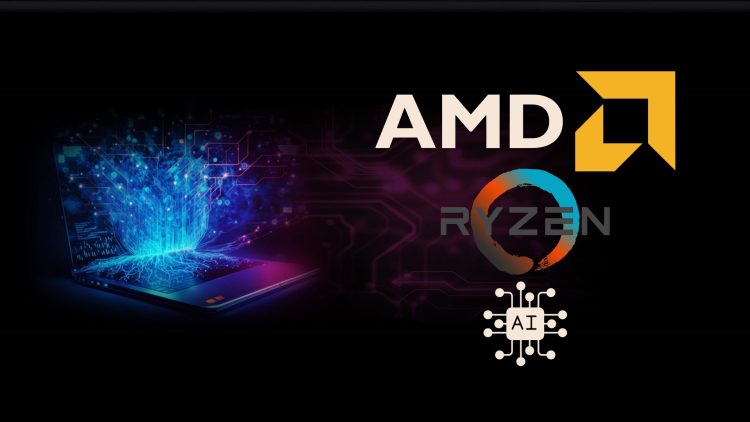Ryzen AI chips are the latest innovation in AMD’s processor lineup, designed to handle prolific AI workloads with exceptional efficiency. Announced at Computex 2024, the Ryzen AI 300 Series marks a significant step forward in AMD’s strategy to integrate advanced AI capabilities into its processors. This new series rebrands the top-end Ryzen 9 chips with a new naming convention that includes the HX suffix. However, this suffix no longer indicates power consumption, but “top of the stack” chips, representing the best and fastest Ryzen AI 300 chips.
The new Ryzen AI chips are built on AMD’s latest architectures designed specifically for neural processing, integrated graphics, and general computing. These include XDNA2 for NPU (Neural Processing Unit), RDNA 3.5 for iGPU (integrated Graphics Processing Unit), and Zen 5 for CPU (Central Processing Unit). The XDNA2 architecture for the NPU is particularly notable for its ability to process 50 TOPS (Tera Operations Per Second), a significant improvement over previous generations (Microsoft, Qualcomm‘s vaunted processor was capable of 45 TOPS). This architecture increases processing capacity and power efficiency, making it well-suited for AI tasks that require both high performance and accuracy.

Technological advancements in Ryzen AI chips
The RDNA 3.5 architecture used in the iGPU now supports up to 16 processing units, providing significant graphics processing power. The Zen 5 CPU architecture offers enhanced general processing capabilities. The first two processors in this series, the Ryzen AI 9 HX 370 and the Ryzen AI 9 365, showcase these advancements. The Ryzen AI 9 HX 370 is a 12-core/24-thread chip with a maximum clock speed of 5.1 GHz and 36 MB cache paired with Radeon 890M graphics. In contrast, Ryzen AI 9 365 has a 10-core/12-thread configuration, a maximum clock speed of 5.0 GHz, 34 MB cache, and Radeon 880M graphics.
Comparing performance metrics
One of the highlights of the Ryzen AI 9 300 series is its TOPS capacity, which surpasses many other chips with NPU configurations on the market. For example, Qualcomm‘s Snapdragon X series offers 45 TOPS, Apple’s M4 offers 38 TOPS and AMD’s previous generation Ryzen 8040 series offers 16 TOPS. Intel’s Meteor Lake Ultra 7 165H has around 10 TOPS and the upcoming Lunar Lake is expected to compete more closely. The high TOPS rating of Ryzen AI chips demonstrates their superior performance in AI-related tasks such as machine learning and data processing.

AMD’s XDNA2 NPU architecture contributes significantly to this performance increase. It delivers five times more computing capacity and twice the power efficiency compared to the previous generation. This is achieved through a unique FP16 “block” architecture that handles both 8-bit (INT8) and 16-bit (FP16) generative AI workloads without the need for “quantization”. Quantization is a method used to improve power efficiency by converting large data sets into smaller data sets, but it can reduce the accuracy of AI models. AMD’s new approach avoids this problem, enabling fast and accurate processing of AI workloads.
Ryzen AI chips in upcoming laptops
Starting in July 2024, Ryzen AI 300 chips will be integrated into a range of new laptops, many of which were announced at Microsoft’s recent Surface event. These include models from a variety of manufacturers, ensuring the wide availability of AI-enhanced devices. Notable examples include the Asus Vivobook S 15, HP OmniBook, and MSI’s Stealth A16, Summit A16, Prestige A16, and Creator A16. Asus also uses these chips in the Zenbook S 16, Vivobook S 14 and 16, and ProArt P16/X13. In addition, gaming laptops such as the Rog Zephyrus G16 and Tuf A14/A16 will feature these advanced processors, along with Lenovo’s ThinkBooks, ThinkPads, and Yogas.

These integrations emphasize the versatility of Ryzen AI chips, making them suitable for applications ranging from creative and professional tasks to gaming. Including these processors in both high-performance and mainstream laptops signals a growing trend toward AI-powered computing driven by the need for more efficient and powerful processing capabilities.
The introduction of Ryzen AI chips represents a significant advancement in AMD’s processor technology, combining high performance with advanced AI capabilities. Built on the latest architectures for neural, graphics, and general processing, these chips offer substantial improvements in compute capacity and power efficiency. The Ryzen AI 9 HX 370 and Ryzen AI 9 365, in particular, demonstrate the potential of these new processors to handle demanding AI workloads with speed and accuracy.
As these chips become available in a variety of new laptops, consumers can expect improved performance across a range of applications. Whether for professional use, creative projects, or gaming, the integration of Ryzen AI chips into new devices promises to deliver a new level of computing power. This underscores AMD’s commitment to pushing the boundaries of processor technology and paves the way for more advanced and capable AI-powered devices shortly.
Featured image credit: AMD





